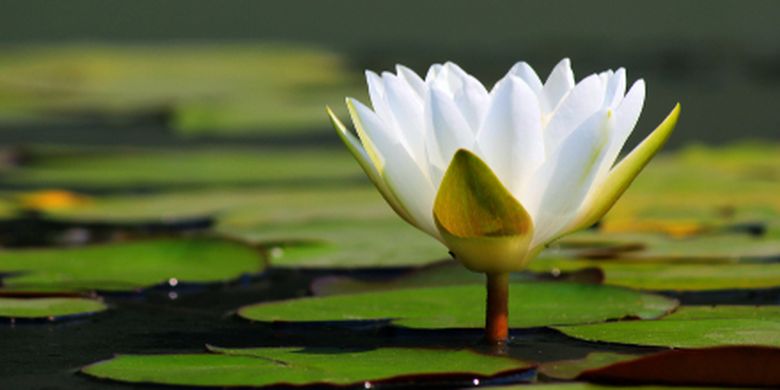The Teratai, also known as the Lotus flower, holds a special place in the hearts of many cultures around the world. This teratai888 stunning aquatic plant is not just a botanical wonder but also a symbol of beauty, resilience, and spiritual significance. With its unique characteristics and deep-rooted cultural connections, the Teratai continues to captivate people worldwide.
The Teratai’s enchanting beauty lies in its elegant, serene appearance as it gracefully floats on the water’s surface. Its petals open gradually, revealing a delicate, vibrant core, which can range from pure white to various shades of pink and red. This mesmerizing bloom often stands as a symbol of purity and enlightenment in Hinduism and Buddhism, where it represents the journey from darkness to light, much like the lotus rising from the mud to blossom in the sun.
Beyond its visual allure, the Teratai also boasts remarkable resilience. It thrives in various water environments, from calm ponds to murky marshes, showcasing its adaptability in adverse conditions. This adaptability serves as a poignant reminder that beauty and strength can coexist, even in the harshest of circumstances.
In many cultures, the Teratai has earned a revered place in spiritual practices and rituals. In Egypt, it symbolizes rebirth and the sun’s journey across the sky, while in ancient Greece, it represents eloquence and artistry. The Teratai’s wide-reaching spiritual significance underscores its universal appeal and enduring relevance.
Moreover, the Teratai’s various parts have practical uses beyond their aesthetic and symbolic value. Its seeds, stems, and rhizomes are edible and serve as a staple in Asian cuisines, adding a unique flavor and texture to dishes. Additionally, its leaves are used for crafting, particularly in making baskets, garlands, and other decorative items.

